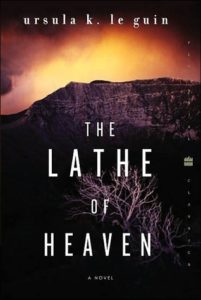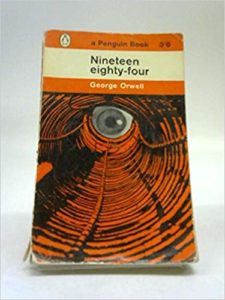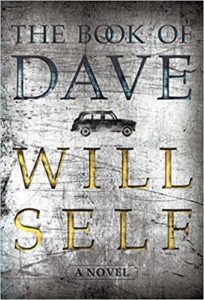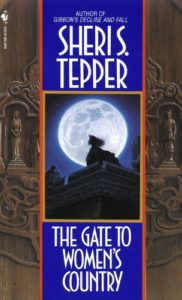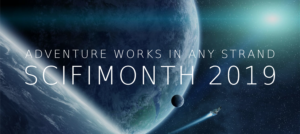 This month I’m participating in the Scifi Month challenge that was created by the bloggers at One More.
This month I’m participating in the Scifi Month challenge that was created by the bloggers at One More.
“Science the shit out of this” is today’s theme for Scifi Month.
Old reruns of Star Trek: The Next Generation were my first introduction to technologies and scientific advancements that weren’t yet possible in our world. There were so many parts of that universe I desperately wanted to experience, from the holodecks to the replicators that would make you anything your heart desired for dinner. (It’s possible that 8-year-old me planned to eat nothing but replicated ice cream sundaes for dinner for a whole week if I ever got my hands on that technology!)
I’m still waiting for machines that are capable of these things. In the meantime, though, there are plenty of other science fiction advancements that have been or are becoming real in our world. Let’s talk about a few of them today.
Hyposprays
As someone who has been known to faint after getting a vaccination, I thought hyposprays would be less scary. Alas, my body is just as afraid of needle-less vaccines as it is of the other kind. This is still a cool development for making the workplace safer for doctors and nurses, though!
Medical Tricorders

Star Trek tricorders were used to almost instantly diagnose patients in their medical bay. With a quick scan, medical personnel could have vital scans as well as reports on anything that might be out of order in someone’s body.
Our tricorders aren’t quite as thorough yet, but some ER docs did invent a device a couple of years ago that can give readings on lung function, blood glucose, white blood cell count, and heart function. This device can diagnose about 30 different conditions with a few quick and painless readings.
Tractor Beams
The device these physicists came up with can reel in tiny particles for distances as long as eight inches. This technology is still in its infancy, but I’m excited to see how it develops in the future.
Artificial Wombs
No, I’m not talking about incubators. As life-saving as they are, they still aren’t capable of doing everything a uterus can do.
This is something that could change in the future. A couple of years ago, scientists put a premature lamb into an artificial womb. It had a pumpless circulatory system which is much easier on the lungs of an undeveloped fetus. They even created an amniotic fluid replacement so that the lamb would be in conditions as close to a normal ewe pregnancy as possible.
The lamb seemed to develop normally, so scientists are now working on creating an artificial womb that could bring premature human babies to full term with far fewer complications than they can experience with today’s methods.
What other items can you think of to add to this list?

 This month I’m participating in the Scifi Month challenge that was created by the bloggers at
This month I’m participating in the Scifi Month challenge that was created by the bloggers at 
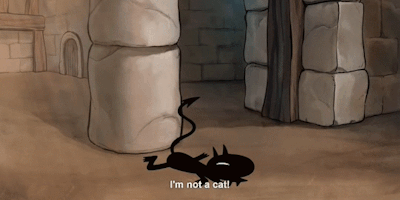


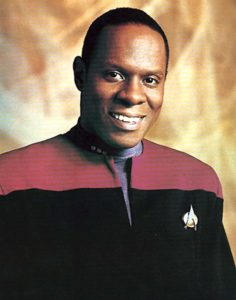
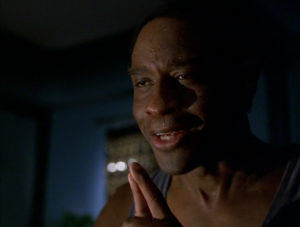
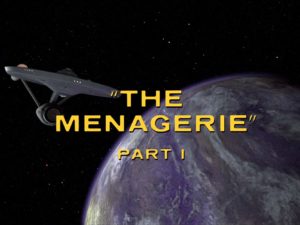
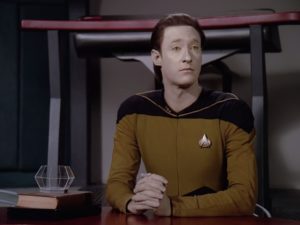
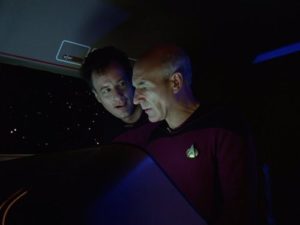

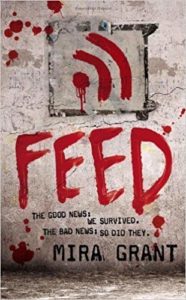
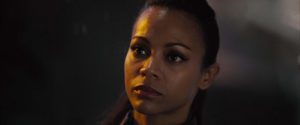
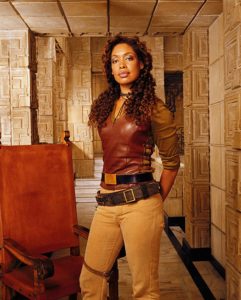
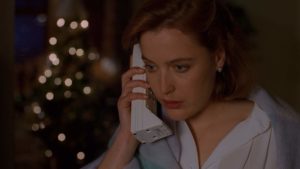

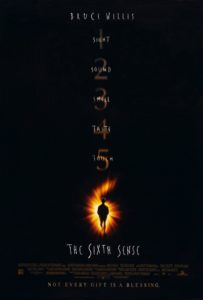 The Sixth Sense (1999)
The Sixth Sense (1999)  The Others (2001)
The Others (2001) Unlike the other films in this list, this one didn’t have any paranormal themes.
Unlike the other films in this list, this one didn’t have any paranormal themes.